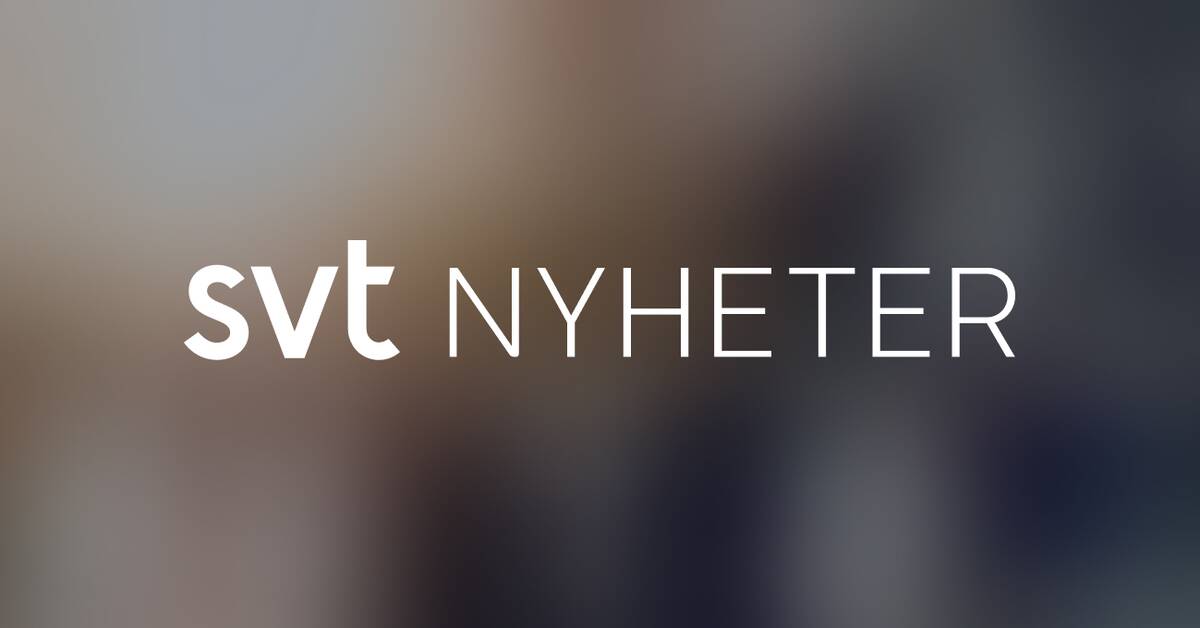The purpose of license hunting is to regulate the number of lynx and prevent damage to domestic animals and reindeer.
This year, 201 lynxes may be shot.
Last year the same figure was 125 animals and the year before that 65. The WWF believes that the number is disproportionate.
- The damage levels are not at the level for the license hunting that is to be carried out, says WWF's Benny Gäfvert to SVT.
Questioning legality
According to WWF, it can be questioned whether the hunting of lynx is compatible with the EU's species and habitats directive.
Benny Gäfvert points out, however, that WWF is not against license hunting per se, but that it needs to be justified.
- We would rather see that resources are spent on, for example, predator-repellent fences or a change in the contribution part to animal owners.
The Swedish Hunting Association does not agree with that solution.
- When it comes to predator fencing, it doesn't work on lynxes, they can jump very high.
I don't think anyone wants to see five meter high fences around every sheepfold, says Daniel Ligne, the association's National Hunting Service consultant, to SVT.
Protective hunting an option
WWF also highlights protective hunting, i.e. hunting that aims to prevent damage to, for example, livestock or arable land, as an alternative to licensed hunting.
- The lynx has a greater impact in northern Sweden, but license hunting is more limited there.
It shows the importance of having a functioning protection hunt, says Benny Gäfvert.
Here, too, the Jägarförbundet is critical and believes that protective hunting will not solve the problems that exist.
- A protection hunt is for individuals with undesirable behaviour, but lynx as a species eats reindeer and sheep.
A protective hunt for individual lynx will therefore make no difference, says Daniel Ligne.

